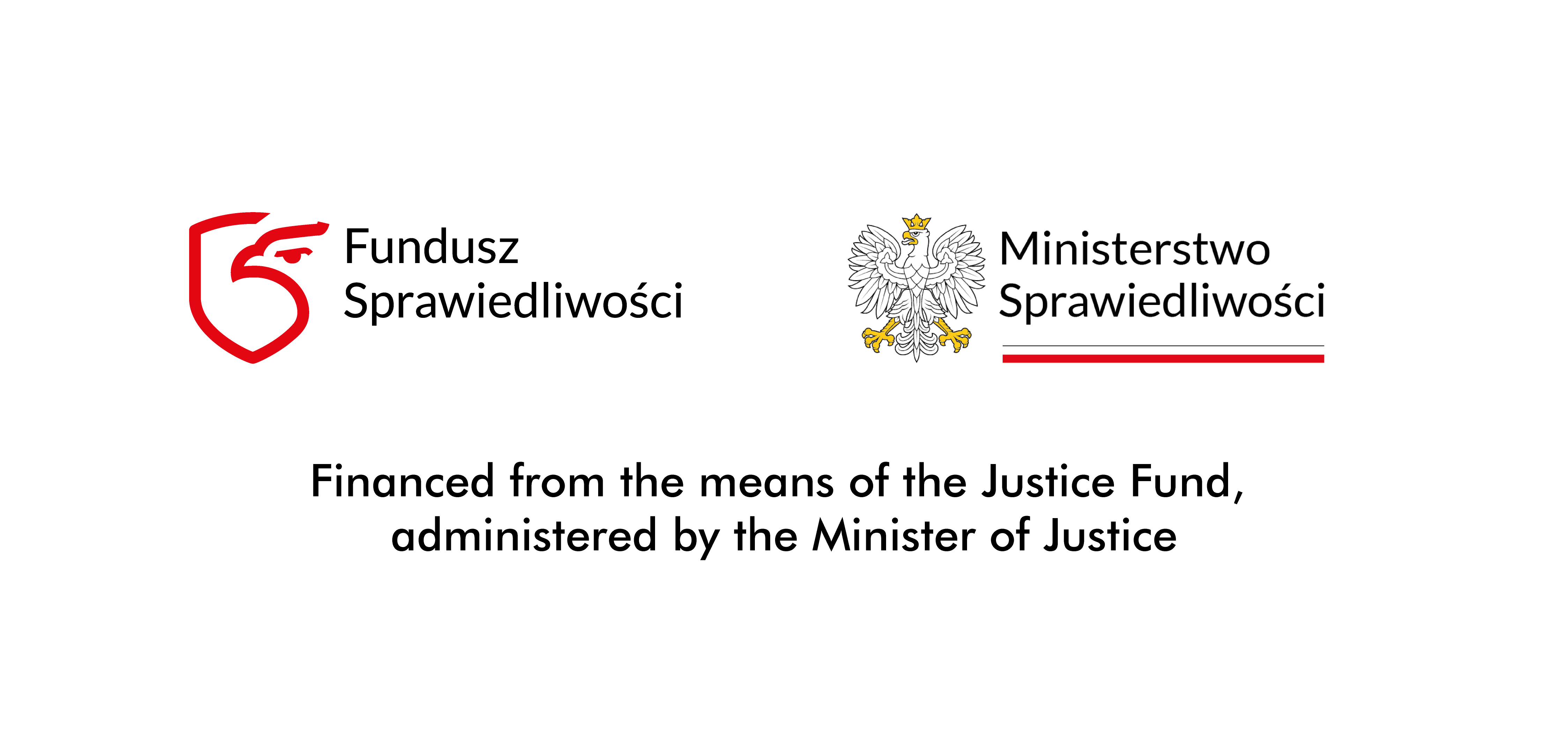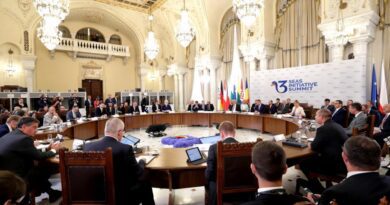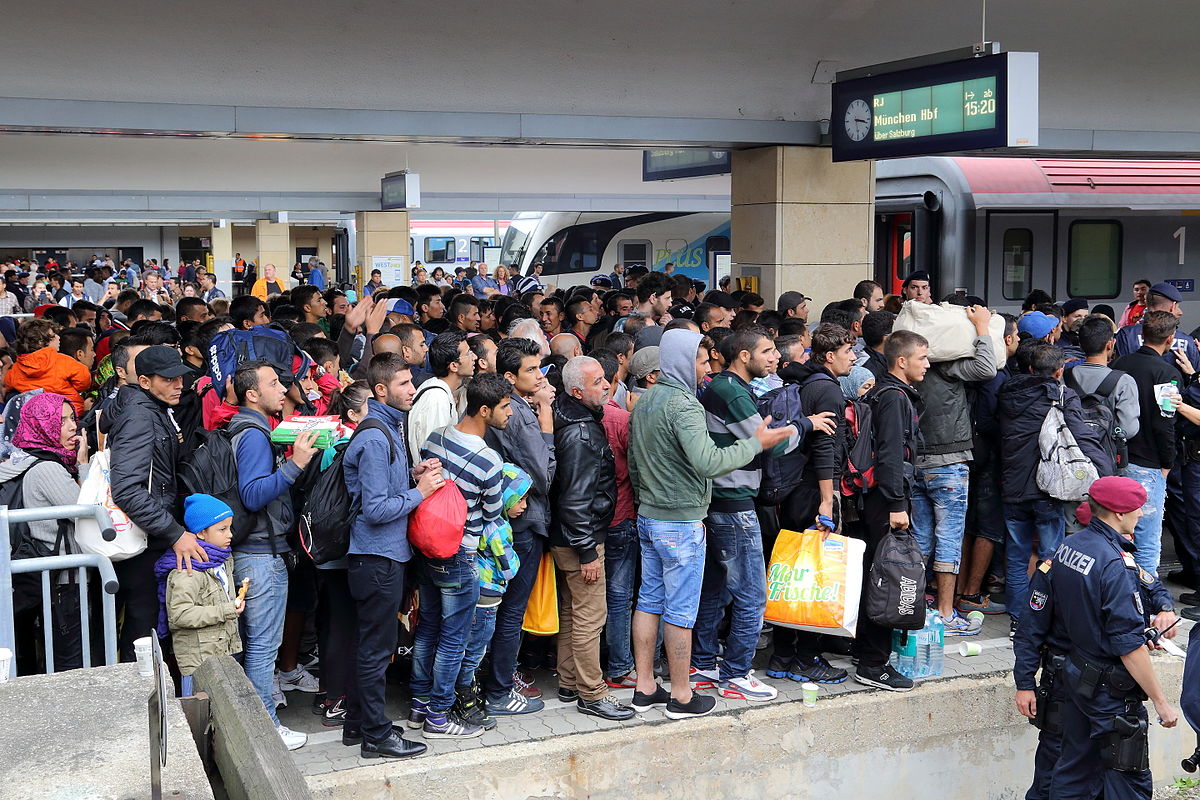Euro madness
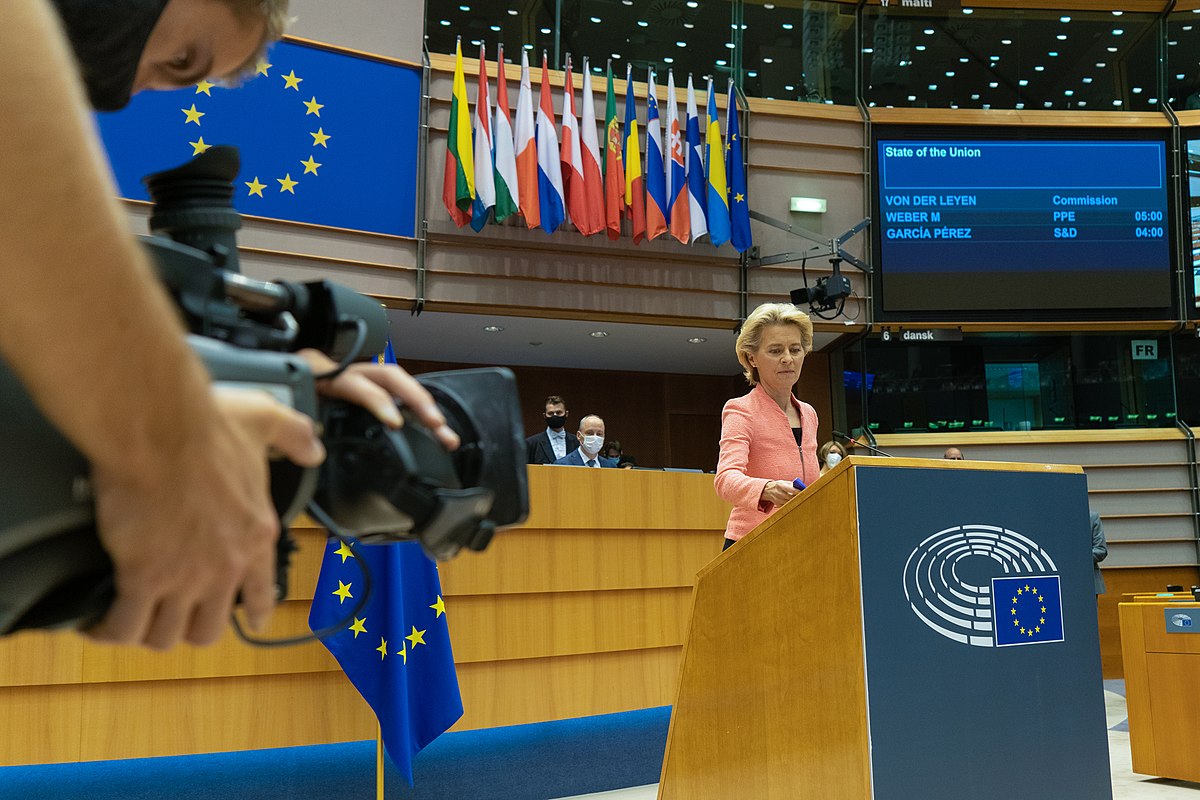
The EU elites, both national and Brussels-based, have only one answer to all doubts: more integration!
Rafał A. Ziemkiewicz
Anyone who lived through the reign of the system that called itself “real socialism” in Poland has their own memories of those times. For me personally, they will always be symbolized by “Plan Vistula.” Few today remember this program, announced with great pomp in 1978, towards the end of Edward Gierek’s rule. Although it was already becoming obvious that his attempt at social and economic modernization of the Soviet system had failed, Gierek and the whole communist party could not accept this fact. “Let’s make the Vistula River a symbol of the flourishing of socialist Poland, a trail to the future!” This was the slogan put out by the Party, and the entire power apparatus and its propaganda picked it up eagerly.
Why is it that out of the numerous misguided investments of that period and the manifestations of gigantomania that served to mask the system’s disintegration, the one that sticks in my memory most deeply is the announcement of the regulation of Poland’s largest river and the creation of a vast system of canals and locks, analogous to those in France and Germany, to enable the mass transport of goods by water? For a simple reason: my father happened to work on the Vistula, in the inland waterways administration. He had accepted that semi-clerical position when he started a family, to end his nomadic life wandering from one construction site to another. However, although he also had a degree in administrative law, he remained first and foremost a hydraulic engineer. So he was well acquainted with the issues that were the subject of the triumphant announcements on the evening TV news, and shared his knowledge with us with a mixture of amusement and resignation.
For example, it would be announced on television that, as part of the implementation of the national plan to regulate the Vistula River, the construction of a hydroelectric dam in such and such locality had just begun, and they would show speeches, ribbon-cutting, and tippers or concrete mixers circling behind the backs of officials. My dad would then laugh, because he knew the place, and he would say: in order to seriously start construction there, for a start you need to move so many tens of thousands of cubic meters of earth, pour so much concrete, and there is only a narrow dirt road there, with the nearest railroad tens of kilometers away! Besides, even if there was a way to supply concrete and machinery, these were things that we knew to be lacking anyway. A TV presenter or invited Party comrade explained with an impressively drawn map where the lock would be, where the canal would be, where the water steps and reservoirs would be, and what colossal benefits it would all bring. On our side of the screen, my dad would then enumerate how much steel, stone, cement, wagons, and gasoline would be needed for this, and how many workers would have to be hired for how long, and either way it always turned out that “Plan Vistula” was an absurd fantasy.
Models and dioramas
A few years ago, I came across the recollections of an official of our Polish People’s Republic who had viewed the same plan from the other side. On the top floor of a newly built edifice in Warsaw, where the offices of the Government Plenipotentiary and the Committee for the Development of the Vistula River were located, visitors were greeted with magnificent models and dioramas, colorful visualizations, models of leisure and excursion ships that were to carry socialist working people from Gdansk to the ports on the Danube… The fact that the offices were decorated richly, even sumptuously, was so natural that the author of the memoirs barely mentions it.
A few months later, reality finally caught up with the ruling party in the form of a wave of strikes that ended with the Gdansk Agreement. From one day to the next, “Plan Vistula” was placed in a cone of silence, and no one would ever return to those pompously inaugurated projects.
Why am I even mentioning this, after so many years? Well, as I watch the succession of EU political offensives, debates in the European Parliament and conclusions of the European Council, I see exactly the same thing as my late dad, when he had to listen to the triumphalist announcements about regulating the Vistula River and expanding waterways over the next decade. The plans announced with great pomp to reduce carbon emissions, shift the European economy to new technologies and new energy sources, achieve innovation on the level of the U.S. and China within a decade, or even just relocate immigrants evenly have as much to do with elementary common sense as the old communist practice of drawing dams and canals on maps without even considering what forces and resources were available to realize those visions.
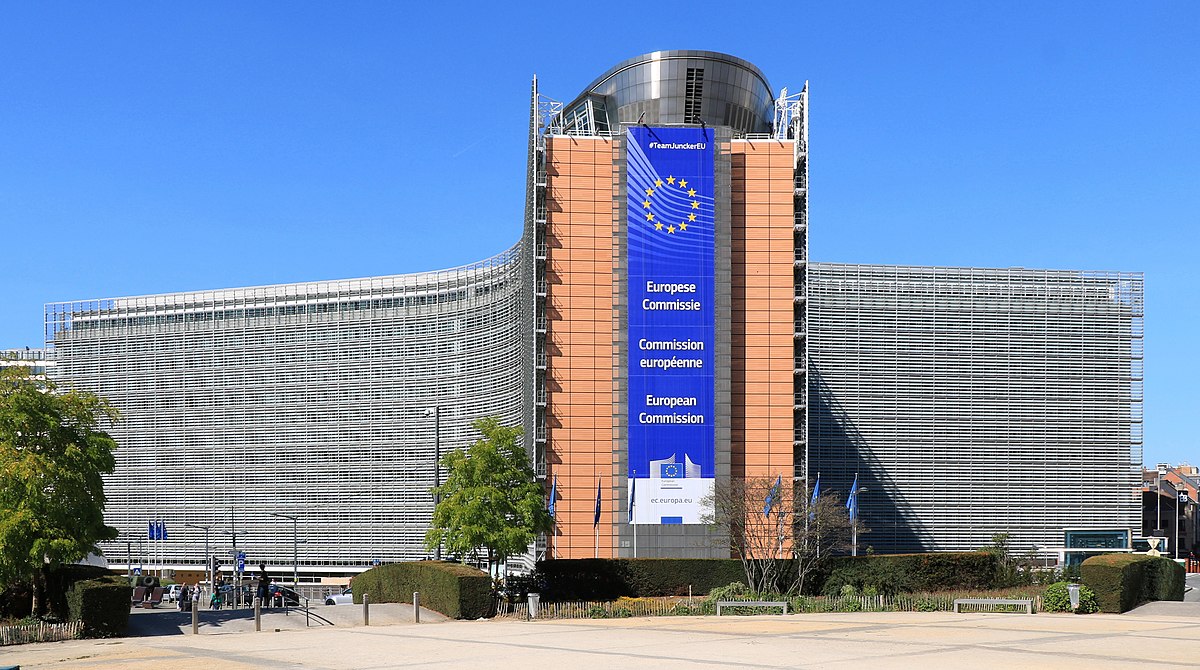
Take the recent example of immigrants. For ideological reasons, no one in the European establishment dares to try and solve the problem by restricting immigration. The only politically correct solution is supposed to be to force countries that lie a little farther away from the main immigration routes to take charge of part of the problem. So the Eurocrats set quotas and financial penalties, which in themselves are a screaming racist absurdity when juxtaposed with the dismissive treatment of war refugees from Ukraine: to help the latter, the EU has earmarked a few dozen euros per head, while penalties for refusing to accept an immigrant from Africa or the Middle East are set at more than €20,000. Even if we assume that all national governments will be sincerely willing to comply and accept the designated number of migrants, how are we to incite them to relocate? It is no secret that, for example, “boat people” from Libya go to Italy because they have families and some means of living there. Similarly, migrants from former French colonies want to be in France rather than elsewhere. It is also no secret that there are still many migrants in Western European countries with deportation orders confirmed by courts who simply refuse to leave, and the authorities are unable to force them to do so.
Camps?
Where are the police forces that will load those migrants into wagons and take them, for example, to Poland? And even if the EU – which for years has not been able to afford decent funding for the Frontex agency guarding its borders – puts up such a force and acts as decisively as the Dutch or French police when breaking up anti-government protests, how is Poland supposed to keep migrants within its borders? They will flee back at the first opportunity! Should we build camps for migrants surrounded by barbed wire?
And the relocation issue is still a trifle compared to the “Green Deal,” the “Fit for 55” program and other grand visions to save the planet from climate annihilation and, in the process, make European industry a world leader in “green” technologies. We’ll cut CO2 emissions in half in twenty… Never mind twenty, in fifteen years! With the same ease with which the plenum of the Central Committee of the Polish United Workers’ Party (PZPR) set deadlines for the completion of successive stages of the “socialist road to the future,” the European Commission, the European Parliament, and the European Council have been voting triumphantly in favor of further tightening our “goals”: By 2030 we will remove internal combustion cars from Europe altogether! We will reduce construction-related emissions by 50%! We will reduce agriculture by 30%! We will install tens of gigawatts of wind turbine and solar panel capacity!
With only elementary, journalistic knowledge, I listen to the successive EU directives with the same kind of skepticism, to put it mildly, with which my father greeted announcements of the imminent digging of a canal connecting the upper reaches of the Vistula River with the Danube basin. Here is a senior European Commission official announcing that we will be able to shut down so many gigawatts of traditional power plant capacity in the near future, as wind farms of the same nominal capacity will have been built. Five GW of wind instead of five GW of fossil fuel, right? Well, only for a complete ignoramus, I suppose. First, you have to ignore the fact that demand for energy is increasing year after year. Then, you have to forget that wind energy is unstable. The nominal power output of a turbine is a theoretical figure. Wind does not blow at full power all the time. Hence, while one gigawatt from coal is indeed one gigawatt, a gigawatt from wind will realistically be only half that. It is the same with solar panels, which, in addition, produce huge amounts of heat and require a radical increase in the production of single-crystal silicon, which causes great damage to the environment.
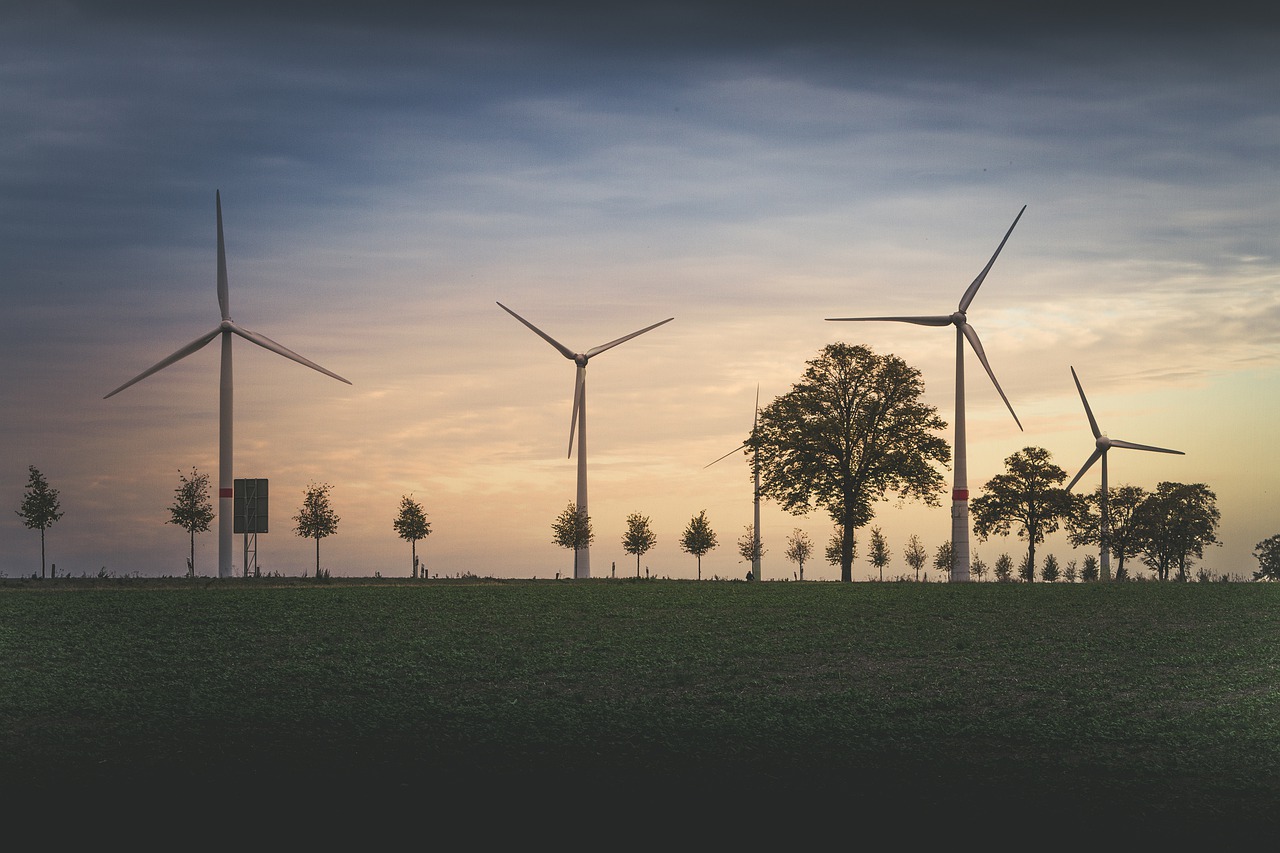
And where will we get the raw materials for all these vast projects? Has anyone in the EU elite even read Guillaume Pitron’s book about the world’s rare metal resources and the war over them? Has anyone looked at the 2017 World Bank report estimating the raw materials needed to achieve a “zero-carbon” economy? Has anyone asked a single engineer to explain the importance to the energy system of the stability of its power supply, and why increasing the share of inherently unstable “green” power plants in the energy mix de facto increases the consumption of traditional fuels (and therefore CO2 emissions)?
“Green Deal”
On another note, has anyone thought about the fact that almost 80 percent of the world market for strategic raw materials for the “Green Deal” is controlled by China’s totalitarian regime? And what if, once Europe is dependent on these imports, Beijing stops being nice, and raises prices exponentially? Has anyone analyzed the experience of Germany, which had made itself along with half the continent dependent on Russian gas, and to this day cannot explain why it did so? Has any attempt been made to estimate what proportion of businesses, which are controlled by global corporations, will move out of Europe as a result of the sharp increase in costs caused by all these changes, and how this will affect national budgets and living standards?
These are rhetorical questions. No one asks about raw materials or production capacity, no one tries to estimate how much investment it will take to secure them. No one calculates the number, the cost, and the kind of energy banks that will have to be built to provide stability to an energy system based on “renewable” sources. No one tries to estimate the ecological damage caused by increased copper and silver mining (if it can be increased at all), let alone lithium, neodymium, indium, dysprosium, cobalt, etc., which are absolutely essential to the new technologies. No one tries to estimate the social damage caused by the reckless suppression of entire industries that give livelihoods to millions of citizens, and the political tensions this must cause.
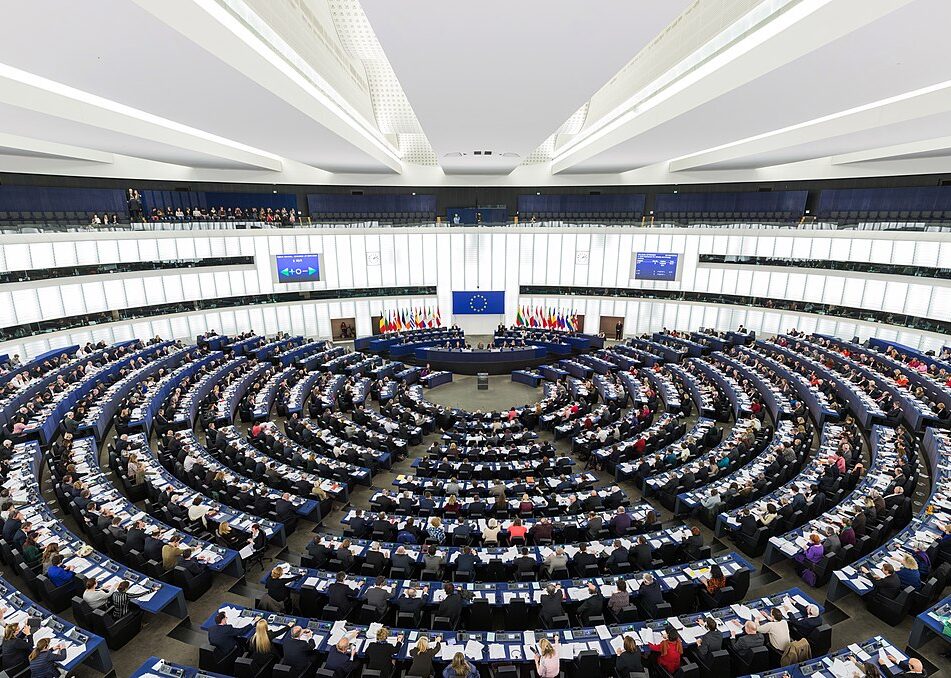
Facing such questions, for once, after an EU summit during which “climate goals” had once more been tightened, the Polish prime minister answered frankly that “the fight for the climate is a religion in the European Union today,” and we are simply not allowed to block it or ask questions about it (unfortunately, he did not specify: “Because then what are they going to do to us as heretics?”).
The EU elites, both national and Brussels-based, have only one answer to all doubts: more integration! More powers in the hands of a centrally managed European state persistently built against the will of a majority of Europeans. This is because, in their view, all the problems stem from small countries selfishly blocking great plans by putting their particular interests above the good of the community. A European central government, if given the opportunity, will find new ways to obtain raw materials as well as new markets, to ease social tensions, and so on.
The disease that has gripped the EU elite is not unknown to history. Many examples of it can be given, more prominent than “Plan Vistula.” Comrade Stalin, at the end of his life, dragged his finger across a map of the USSR, slightly above the Arctic Circle, and said: here you will build a railroad. No one dared to tell him that no tracks could be laid in those areas. They got down to work, gaining time by starting with what could be done: the construction of stations. To this day, deep in the north of Siberia, one can see a surreal picture of complete railroad stations, with buildings, ramps, pumps and wagon tipplers, in an utter wilderness, where there is no railroad and there never can be. One can also find a similar story in Richard Kapuscinski’s The Emperor: when the Ethiopian monarchy was crumbling to the core, the emperor ordered the construction of large water stages on the Nile. No one told him why these could not be built either.
Barbara Tuchman devoted an entire superbly documented essay to this phenomenon, calling it the folly of power, or power madness. Whoever becomes familiar with the numerous examples from history discussed in that essay will easily see in today’s European Union all the symptoms of such madness, even though in this case we do not have a dictator whose subordinates would be afraid to tell him to his face how reality compares to his ideas. It is enough that we have a vast bureaucracy that has completely broken out of any democratic control, has locked itself into a world of ideological dogma, power dreams and mutual back-scratching, and resolutely refuses to acknowledge any inconvenient facts.
